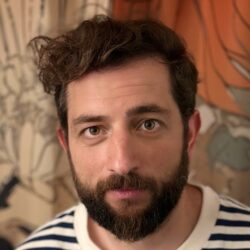
Tell us a little about yourself and your career.
G’day, I’m Sam! I’m a Lead Lighting Artist and Supervisor from Sydney, Australia. Back home growing up as a ’90s kid, I spent a lot of time playing Nintendo64, watching morning cartoons, and drawing, all whilst wearing my favorite hypercolor t-shirt. I remember one Christmas my parents bought an iMac for the family and I was introduced to a whole world of digital creativity—I became addicted. Shortly after graduating high school, I took a crash course in 3D animation using Maya at a local college. After graduating I picked up the phone and literally cold-called every studio in Sydney until one took a chance on me.
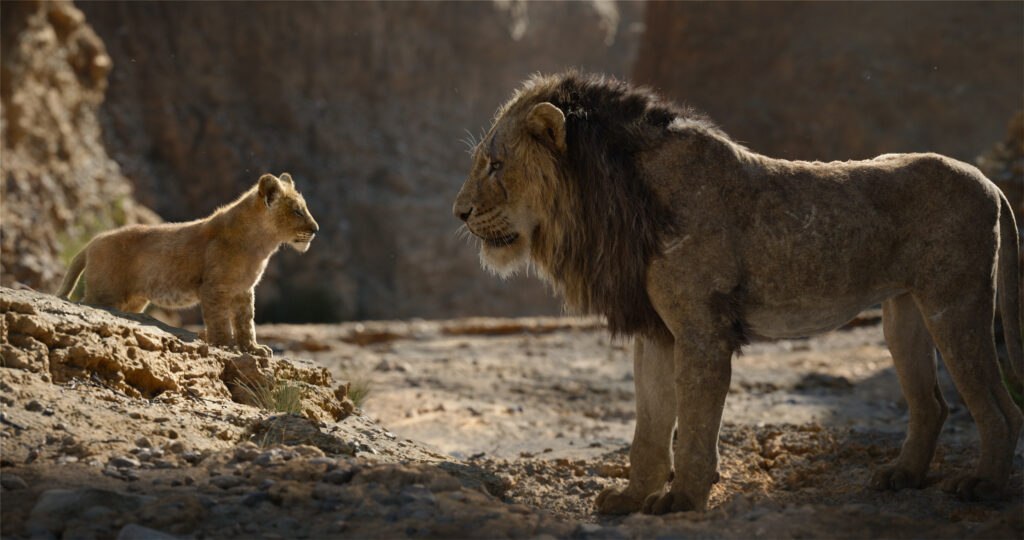
Whilst I started out as a 3D generalist in my career, as time went on I knew I wanted to move into film and specialize in an area of 3D. As much as I wanted to be an animator, I just wasn’t that great at it. I tried a number of different disciplines until I found lighting. I have a real love for photography, and lighting was a perfect fit. My first film gig in the lighting department was at George Miller’s Dr. D Studios, where he was directing Happy Feet Two. Bringing life to these shots through light was when I discovered my love for the process. Since then my career opened up internationally, and I’ve gone onto work at Wētā FX, MPC, Animal Logic, Technicolor, and DreamWorks Animation.
Today I’m immersed on set using real-time technology and game engines to light and work with cinematographers and other filmmakers as a Virtual Production Lighting Supervisor. I’ve had the pleasure of leading incredible teams of artists and the opportunity to collaborate with members of the American Society of Cinematographers including Caleb Deschanel, James Laxton, and Mandy Walker.
What challenges have you faced in navigating a career in animation?
One of the two biggest challenges for me has been the ability to find a healthy work-life balance. It took me a while to figure out that it was something that directly impacted my creativity and overall mental health. Finding balance has been extremely important. Fellow artists (myself included) have experienced burnout at some point in their career. Only recently has there been some industry awareness around mental health.
Second was being able to find continuous work in Sydney early on in my career. The industry in Australia has always been relatively small. There isn’t the same amount of projects and films as in other parts of the world, but that’s starting to change.
Who are your inspirations in the field of animation?
Early on, growing up watching Pixar films like Toy Story and A Bug’s Life, Jeremy Birn was an inspiration. Jeremy published a book called Digital Lighting & Rendering that taught me about lighting in 3D. I was able to apply what I knew from photography and traditional art, and it helped me realize my career path.
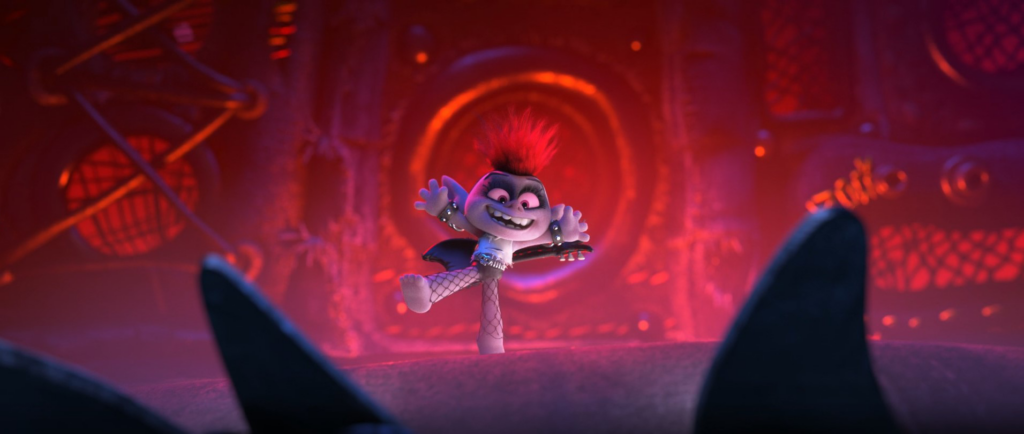
Later on, my journey led me to Craig Welsh who inspired me further. I was fortunate enough to work under Craig during my time at Animal Logic on the LEGO franchise films. He was my Lighting Supervisor at the time and has an incredible passion for all things film, animation, and cinematography. He selflessly shares that with the people around him and is a natural leader. During my time there I grew as an artist which set me up for my future success. I credit Craig for where I am today. I later relocated to Los Angeles where I had the opportunity to work closely with Caleb Deschanel on The Lion King.
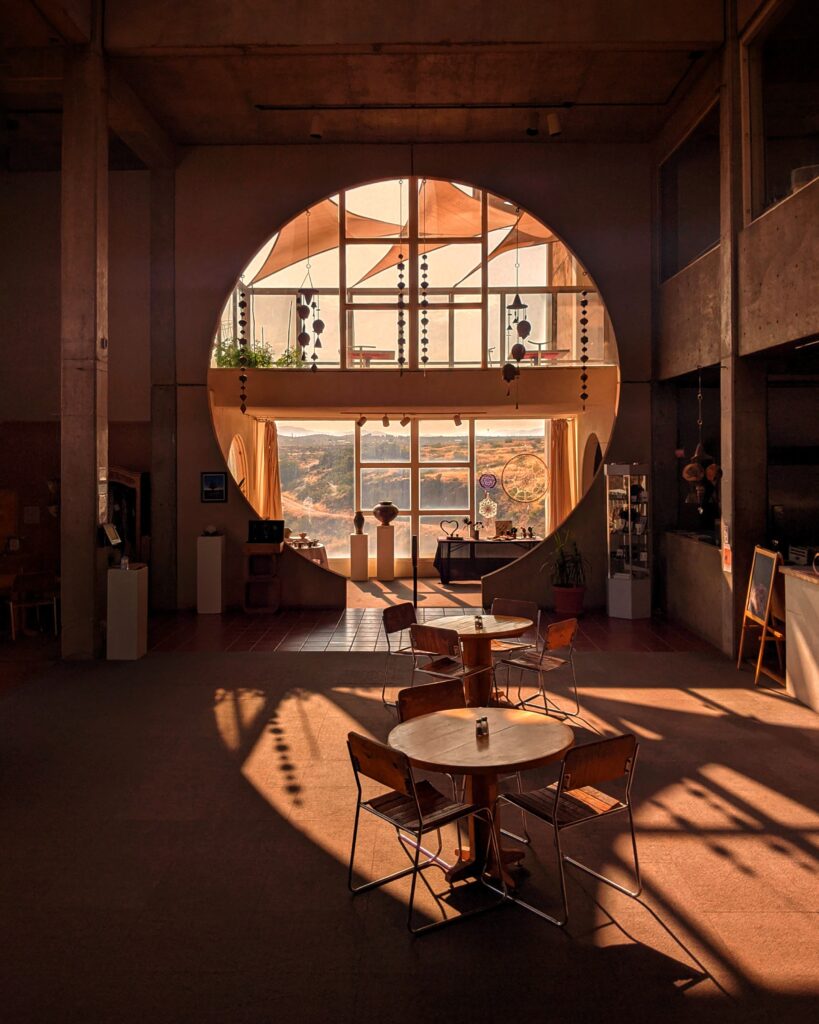
What do you hope to accomplish as an artist in the animation industry?
I’d really love to help bring cinematographers into the animation world. There’s incredible stories being told across the animation industry that take inspiration and know-how from cinematography. Unfortunately, because of how technical and different the process is, they aren’t able to get hands-on in the animation process. It’s definitely a missed opportunity for a cross-pollination of skills and process, that ultimately will benefit the films being made. I’d also love to bring my recent film-making experiences with real-time technology to help make it accessible to cinematographers and artists alike.
What does being in the Union mean to you?
Having worked in parts of the world where there is no union, it was a breath of fresh air. I now have a voice for the issues I faced alone, the security of being part of a community, and representation in the workforce. It’s an industry I love, and to have the Union support and improve it means the world.
Follow Samuel on Instagram.
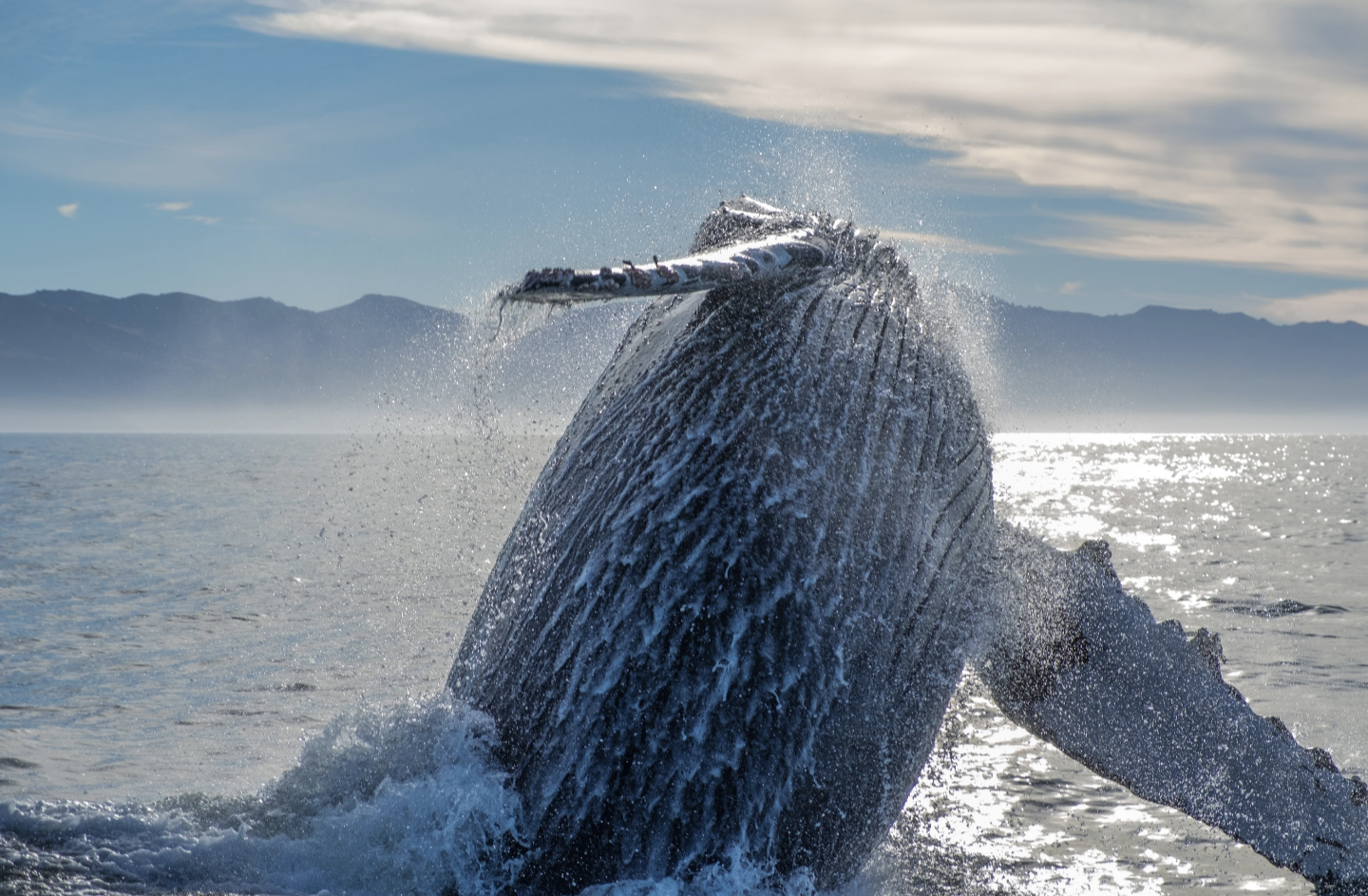
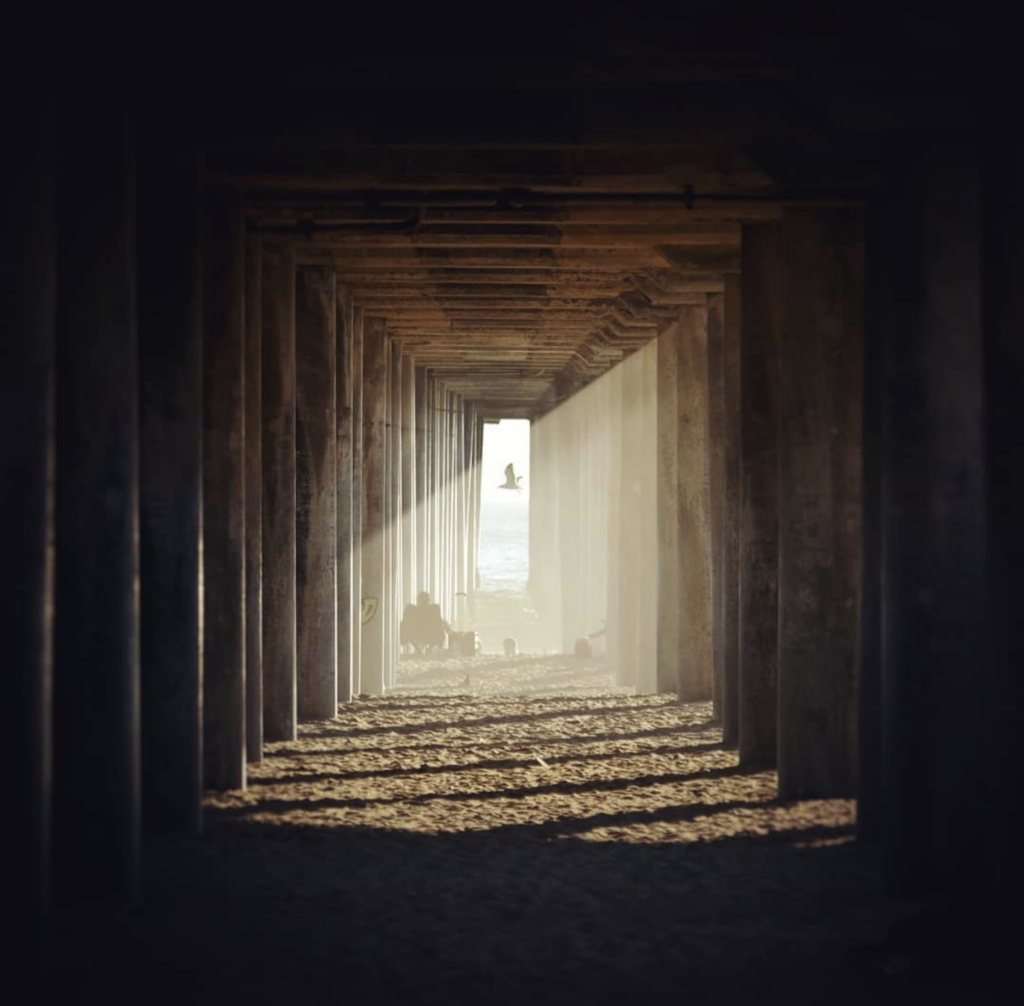
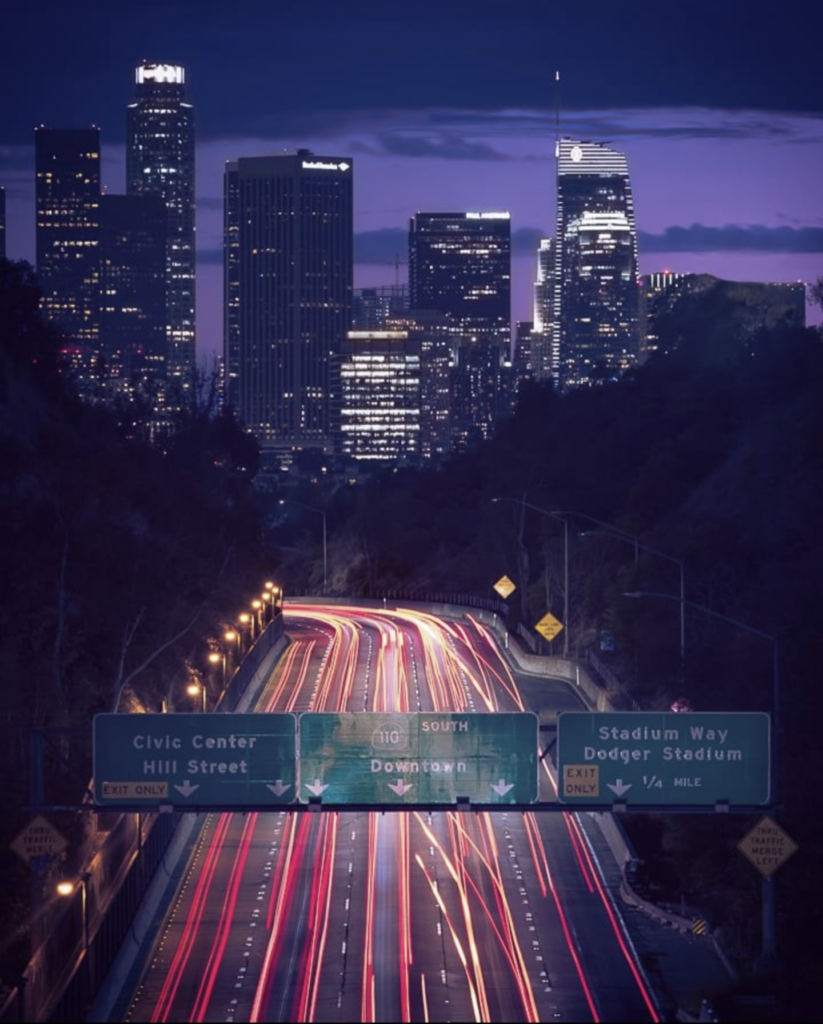
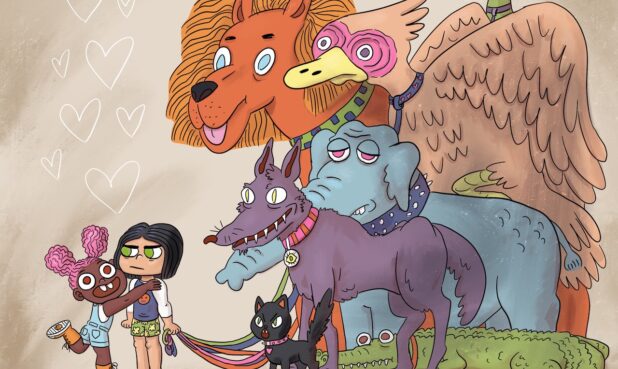
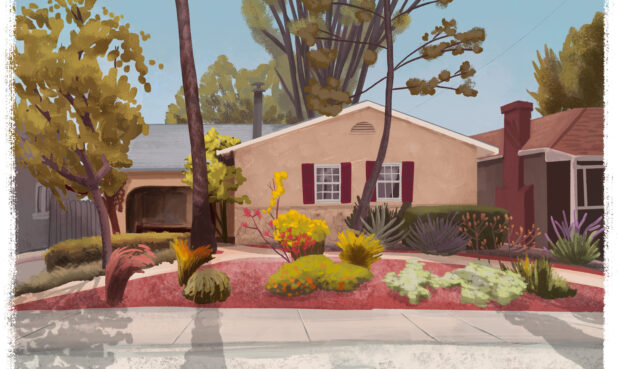

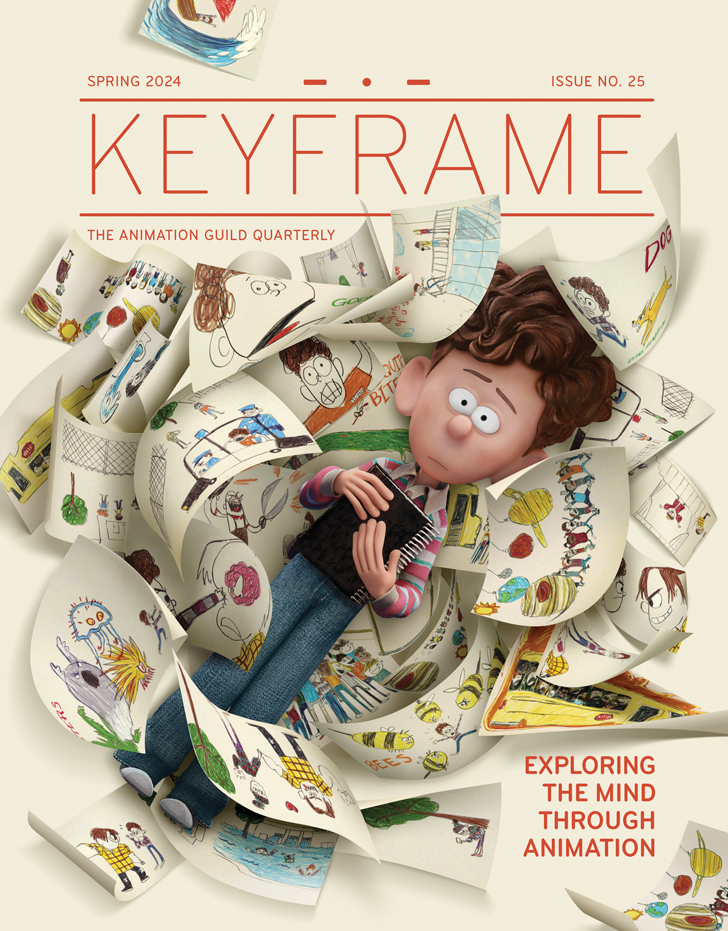
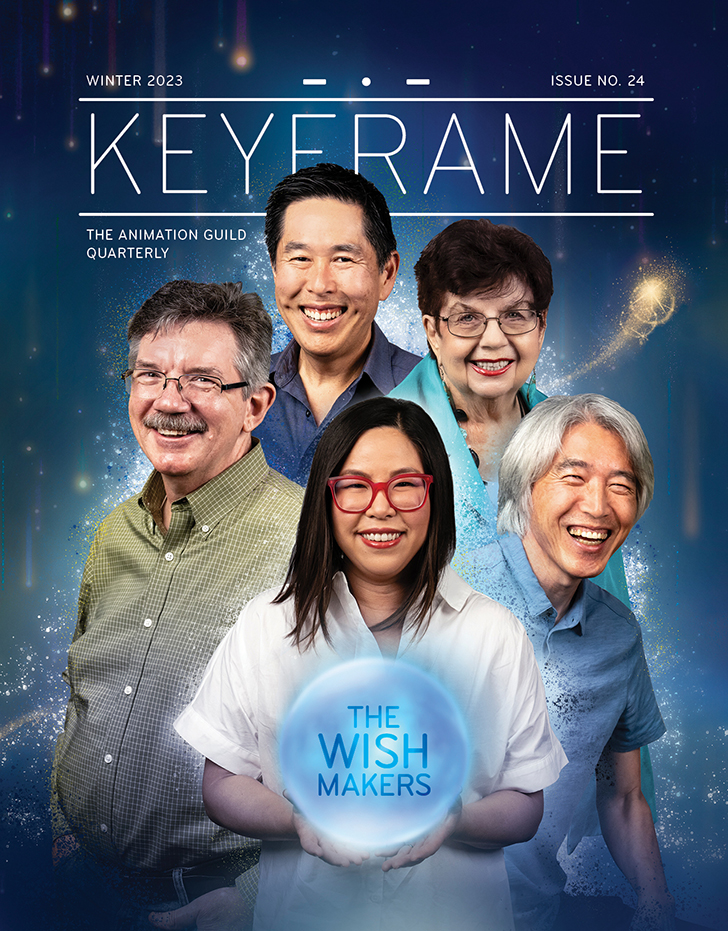
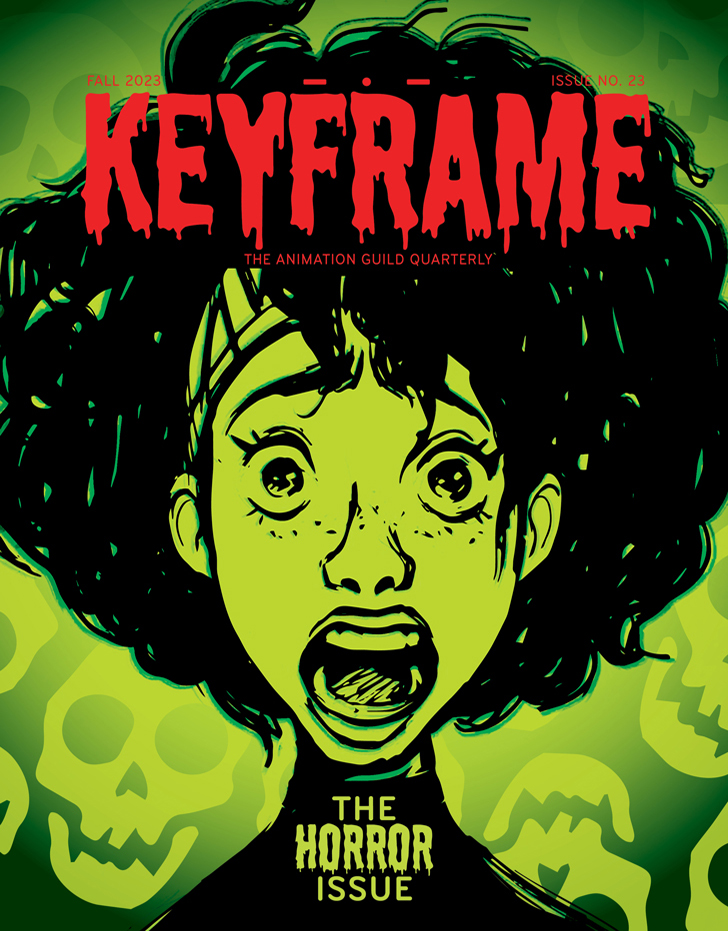
.png)